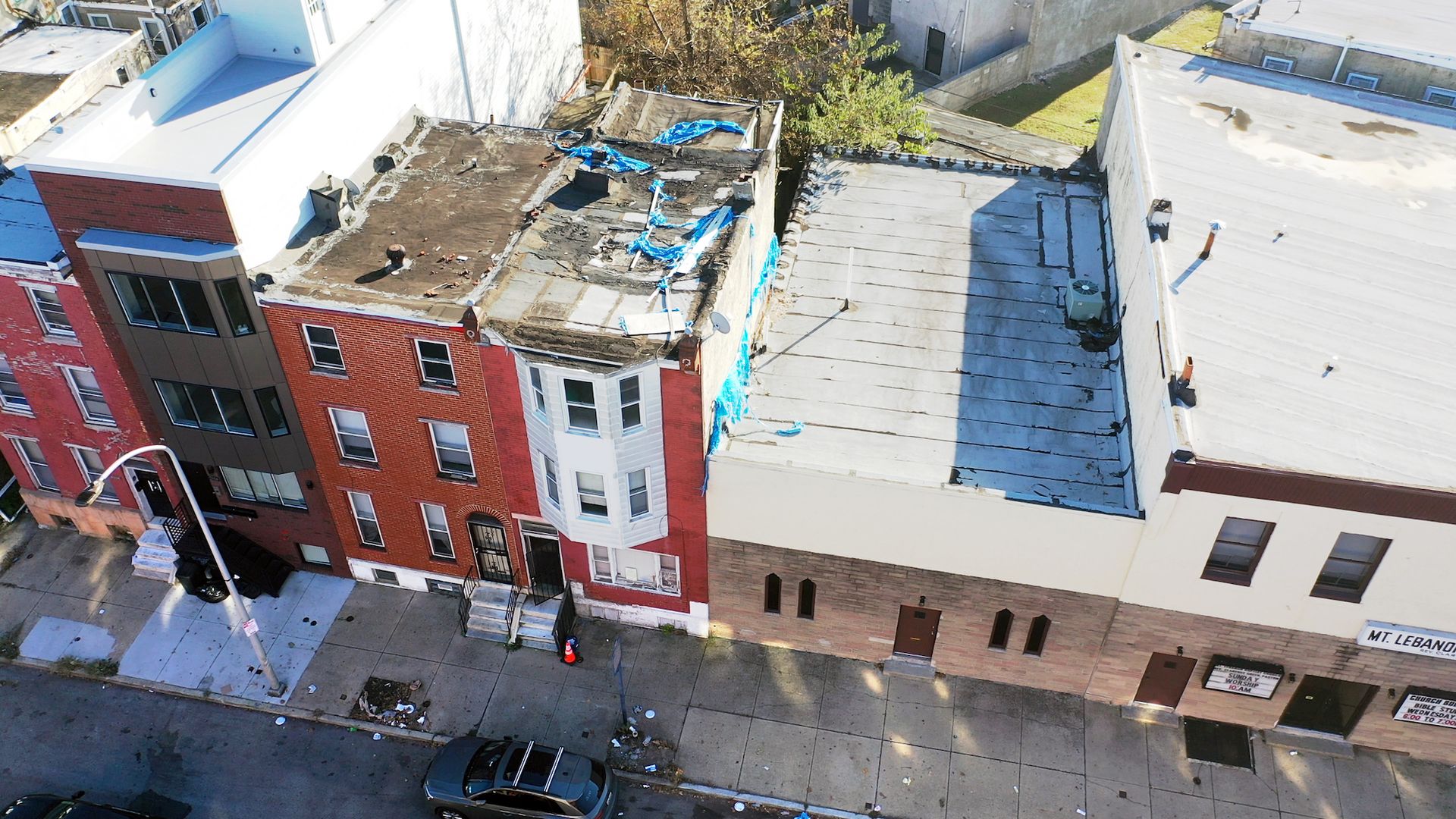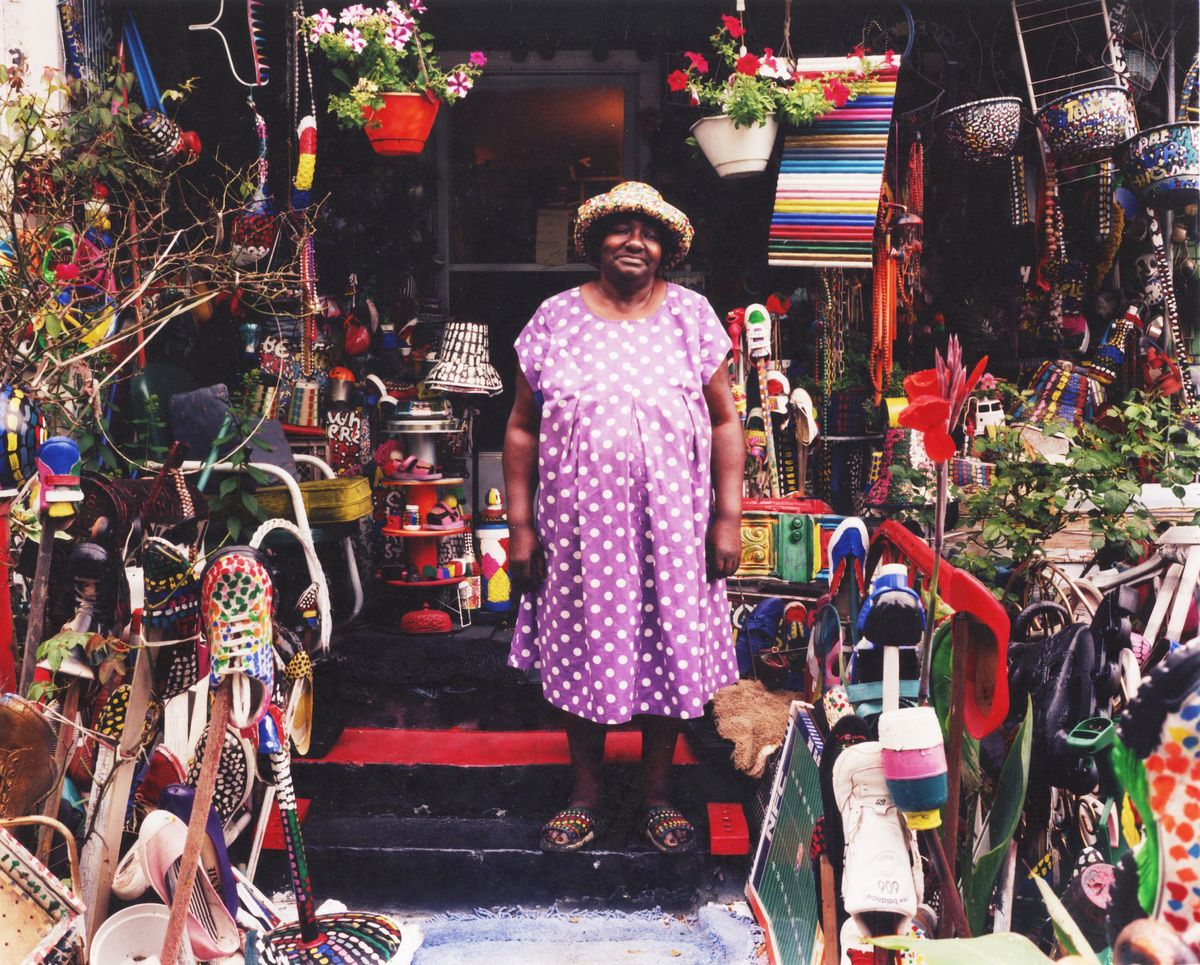Two artists’ homes are among the 11 most endangered historic places in the United States, according to the National Trust for Historic Preservation, a non-profit that works to save at-risk sites around the country. The Henry Ossawa Tanner House in Philadelphia and the L.V. Hull Home and Studio in Kosciusko, Mississippi, were both originally the residences of Black artists, and both have severely deteriorated over the years, leaving their futures uncertain.
Built in 1871, the Tanner House in North Philadelphia was the family home of Henry Ossawa Tanner, who was one of the first African American painters to receive international recognition. Tanner lived in the three-story row house as a teenager, through his studies at the Pennsylvania Academy of the Fine Arts and until his late twenties, when he moved to France, where he became known for his religious paintings. Until 1950, the building was also the residence of various other family members: his father Benjamin Tucker Tanner, a bishop and editor of the Christian Recorder, then the largest Black-owned periodical in the country; his mother Sarah Elizabeth Tanner, who self-emancipated from enslavement as a child; his younger sister, Halle Tanner Dillon Johnson, the first woman to be a licensed physician in Alabama; and his niece Sadie Tanner Mossell Alexander, the first Black person to earn a doctorate in economics from an American university.

Henry O. Tanner House, Philadelphia, Pennsylvania. A view above the historic home of African American painter Henry Ossawa Tanner (1859-1937) shows roof damage to the 1871 rowhouse. Photo courtesy Weitzman School of Design’s Historic Preservation Studio
While the house gained recognition as a National Historic Landmark in 1976, it faces threats of demolition due to gentrification and the building’s worsening condition. In 2021, local Black preservations launched a fundraising campaign to save the site. The group recently received a $150,000 planning grant from the Mellon Foundation to conduct community engagement work about the house’s possible future, as The Philadelphia Inquirer reported.
In Kosciusko, the late artist L.V. Hull made her house a vibrant art environment, where assemblages spilled onto her yard. She began making art in 1975, glueing together and painting found and discarded materials into works that gradually drew visitors from around the world. The Kohler Foundation in Wisconsin has begun conserving her extensive archive, but the property has been unoccupied since her death in 2008. Hull’s friend, filmmaker Yaphet Smith, has purchased the house, which has suffered from vandalism and weather exposure. Working with the Arts Foundation of Kosciusko, he is helping to fundraise to restore the environment and preserve Hull’s story.
The National Trust has published its annual list of the US’s most endangered historic places since 1988 as a way to galvanise greater support for preserving important cultural landmarks. This year’s list also includes a Hualapai-owned gas station in Arizona, an early-19th century cemetery for enslaved Africans in Georgia and Chinatowns in Philadelphia and Seattle.
These gathering places, residences and whole neighbourhoods comprise “a portfolio of sites that are nearly as diverse as the American experience itself”, Jay Clemens, interim president and chief executive of the National Trust, said in a statement. “The diversity of sites on the 2023 list—and the stories behind them—reflect the complexities and challenges that have always been part of what it means to be American but have not always received the attention they deserve. Losing any of them would diminish us all.”


